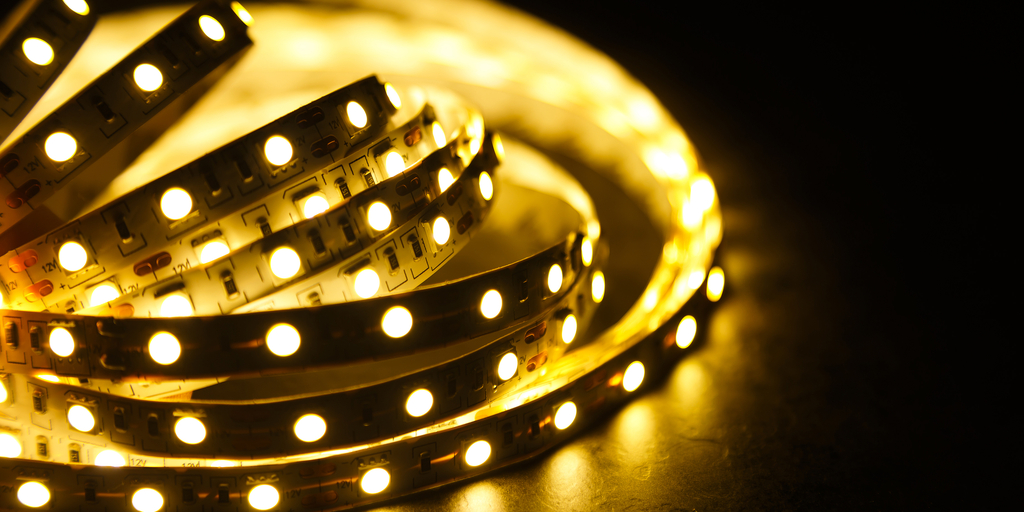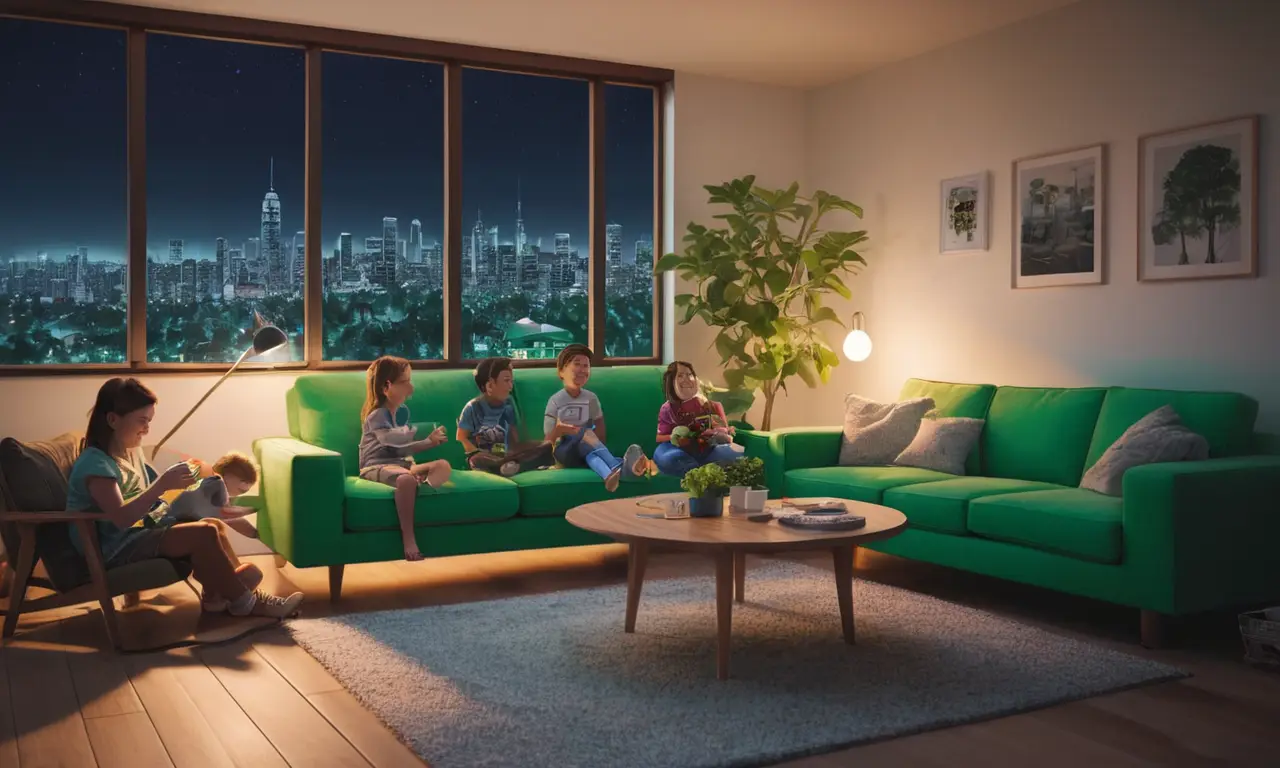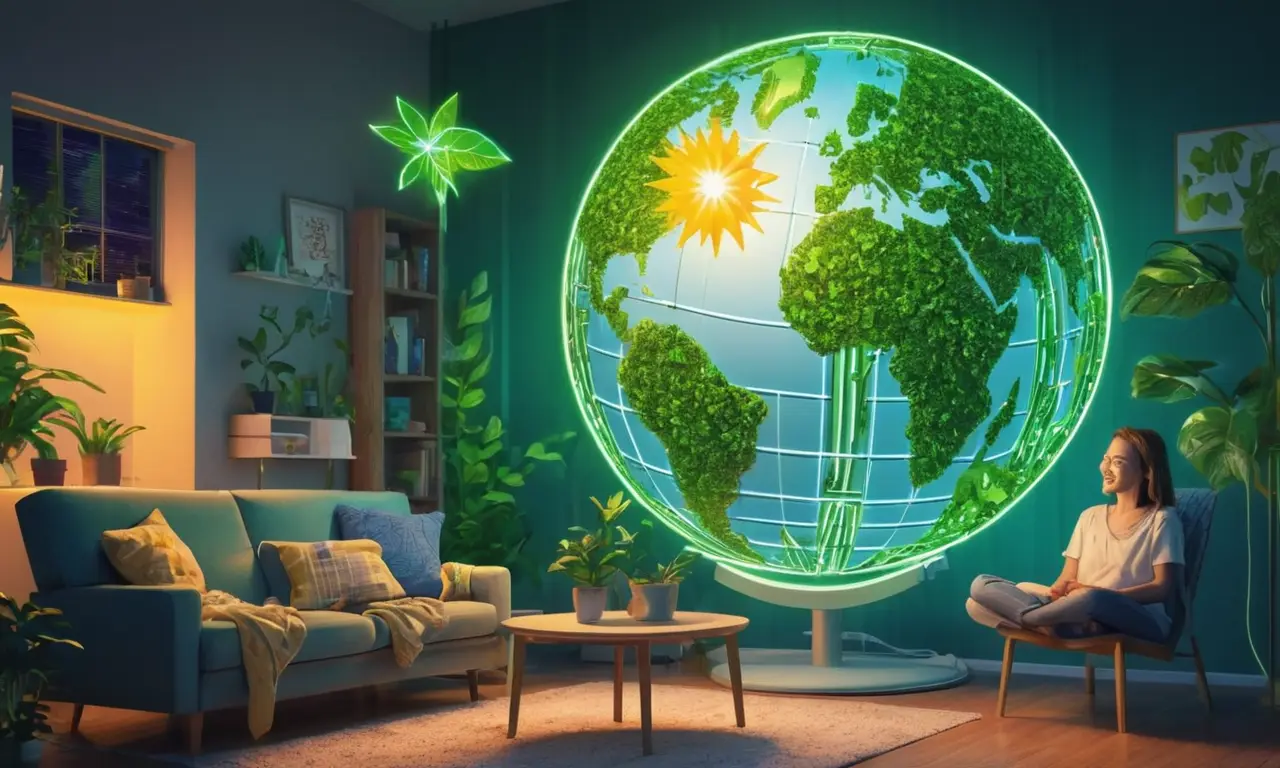
LED light strips have become increasingly popular in recent years due to their versatility, affordability, and energy efficiency. These flexible strips of LEDs offer a wide range of lighting options, from subtle ambient illumination to vibrant accent lighting. But beyond their aesthetic appeal, LED light strips stand out for their ability to significantly reduce electricity consumption compared to traditional lighting methods.
This article delves into the world of LED light strips, exploring their energy efficiency, benefits, applications, and environmental impact. We’ll examine how how much electricity does led light strips use and why they are considered a sustainable choice for modern homes and businesses.
LED Light Strips: Energy Efficiency Explained
The secret behind LED light strips’ energy efficiency lies in the technology itself. LEDs (Light Emitting Diodes) convert electrical energy directly into light, unlike traditional incandescent bulbs that produce heat as a byproduct. This direct conversion process results in significantly less energy wasted as heat, making LEDs far more efficient.
How much power do led strips use? The power consumption of LED light strips varies depending on factors like length, brightness, and the number of LEDs per strip. Generally, LED light strips consume between 1-5 watts per foot. To put this into perspective, a standard 60-watt incandescent bulb uses significantly more energy to produce the same amount of light.
Benefits of Using LED Light Strips

The advantages of using LED light strips extend beyond their energy efficiency. Here are some key benefits:
- Long Lifespan: LEDs have an exceptionally long lifespan, often lasting up to 50,000 hours or more. This translates into fewer replacements and reduced maintenance costs over time.
- Durability: LED light strips are designed to be durable and withstand various environmental conditions. They are resistant to shocks, vibrations, and temperature fluctuations, making them suitable for a wide range of applications.
- Versatility: The flexible nature of LED light strips allows for easy installation in various shapes and configurations. They can be bent, curved, or cut to fit specific spaces and designs.
Applications for LED Light Strips
LED light strips offer a versatile lighting solution with numerous applications:
- Home Decor: Accentuate architectural features, create mood lighting, highlight artwork, or add a touch of ambiance to living spaces.
- Commercial Lighting: Enhance retail displays, illuminate signage, provide task lighting in offices, or create a welcoming atmosphere in restaurants and bars.
- Automotive Lighting: Customize car interiors with accent lighting, enhance underbody illumination, or create unique lighting effects.
Eco-Friendly Lighting Solutions

The energy efficiency of LED light strips makes them a highly eco-friendly choice for lighting. By consuming significantly less electricity than traditional bulbs, they contribute to reducing greenhouse gas emissions and promoting sustainable practices.
Conclusion
LED light strips have revolutionized the lighting industry with their exceptional energy efficiency, versatility, and long lifespan. They offer a compelling alternative to traditional lighting methods, providing significant cost savings, reduced environmental impact, and enhanced aesthetic appeal. As technology continues to advance, LED light strips are poised to become even more efficient and innovative, further solidifying their position as the preferred choice for modern lighting solutions.
